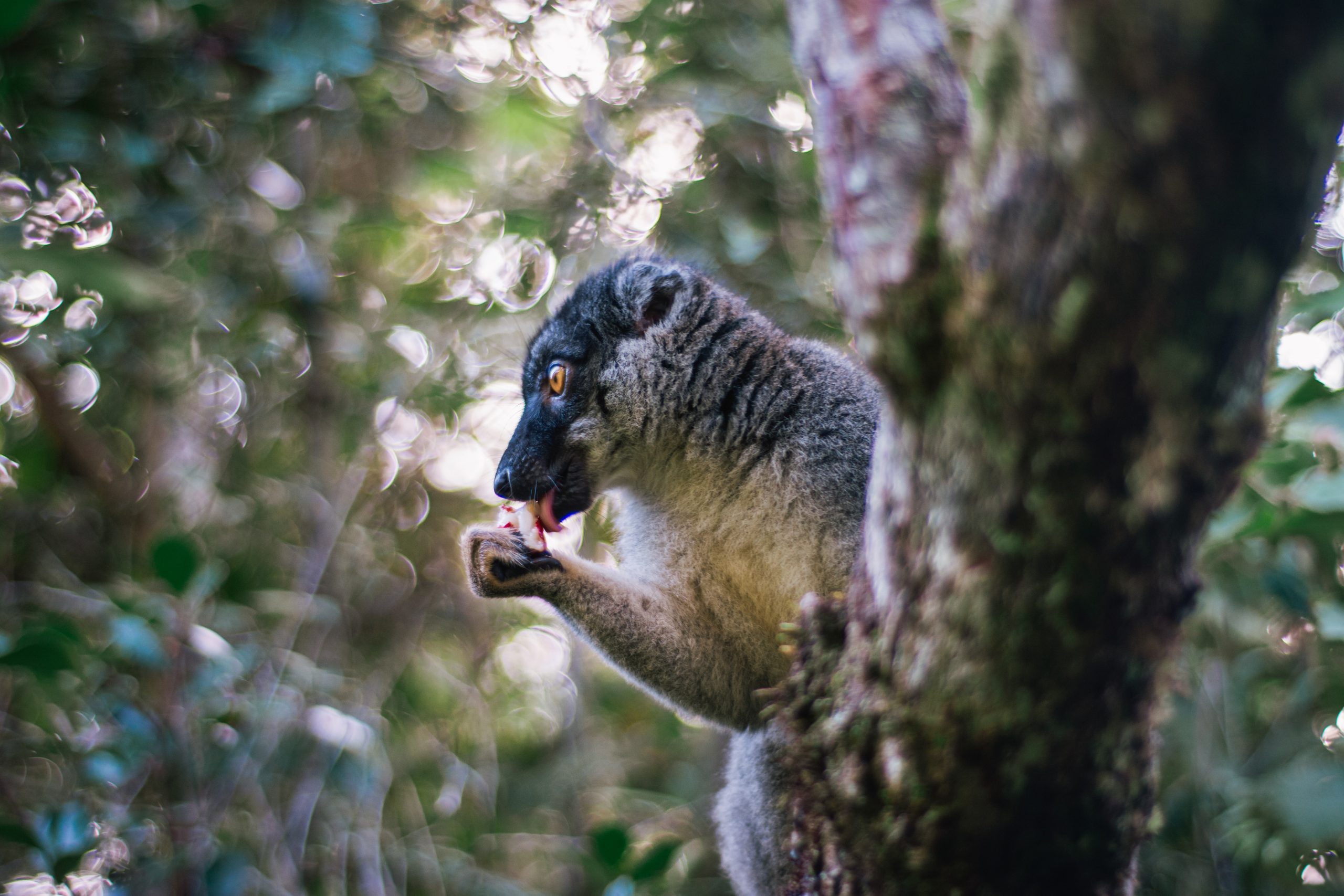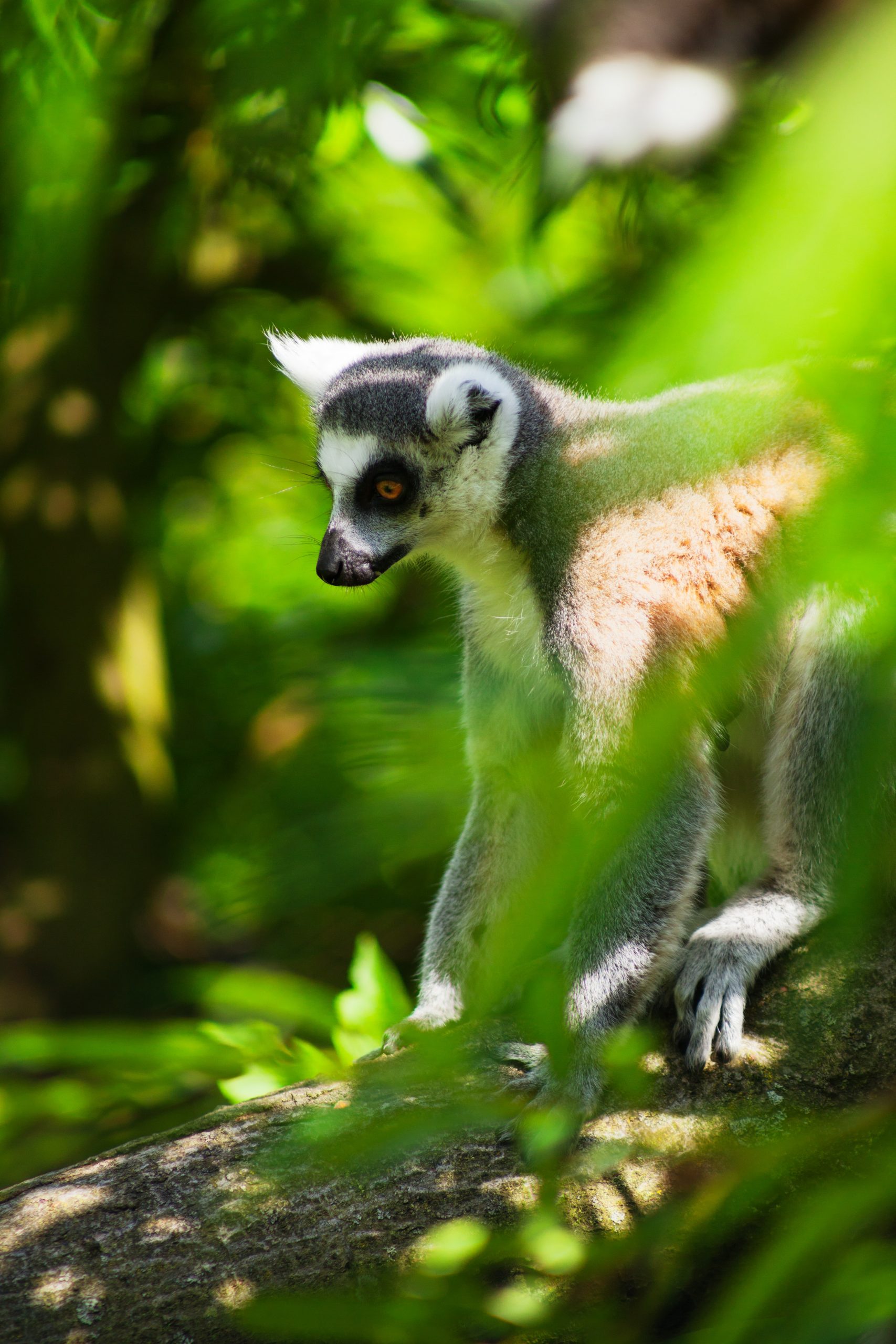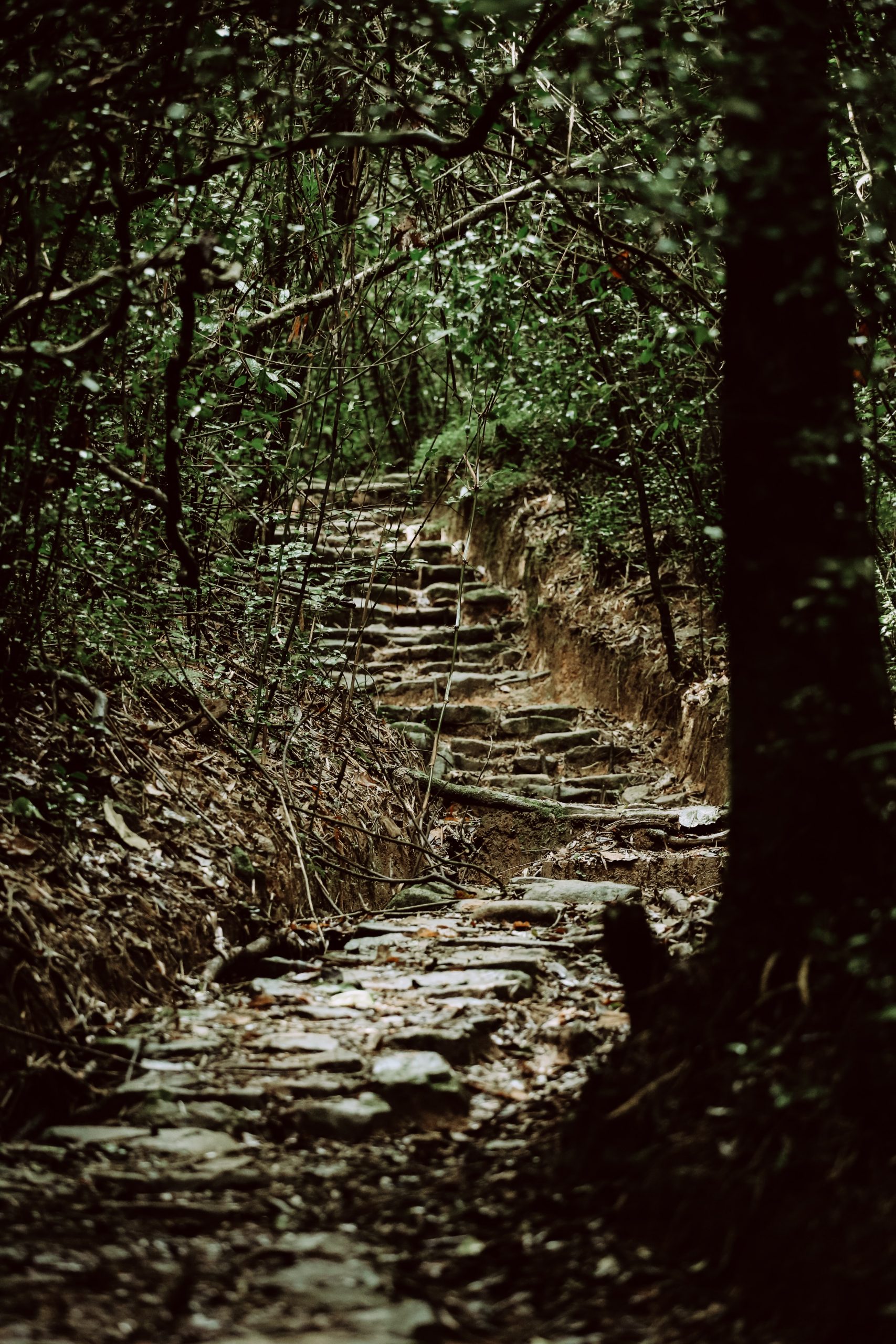
If I say Madagascar, do you say lemur? The one thing that everybody seems to know about Madagascar, the rather large piece of land that broke away from the African continent, is that its lemurs followed a unique natural evolution. It is an island with a history that features waves of settlers, colonialists, and kings, yet the dramatic geographical landscape, giant baobab avenues, and unique assortment of wildlife are what set it apart.
Madagascar’s capital Antananarivo is built on seven hills, with distinctive architecture, ochre-painted walls, and rusty tin roofs known to shimmer burnt African gold in the evening light. Here narrow stairways connect layers of cobbled streets that in turn reveal vibrant markets, churches, and ancient palaces. At the core is Independence Avenue, a double-lane road that leads to the old railway station.
Just 4 hours east of the capital is the Andasibe-Mantadia National Park, a protected rainforest that encompasses the small Réserve Spéciale d’Analamazaotra next to Andasibe village, and the much larger Parc National de Mantadia to the north. The park was created in 1989 for the protection of the wildlife that occurs in this sensitive area, most specifically the elusive Indri indri.
Also known as the babakoto, the indri is the largest living lemur and resembles a teddy bear with its round face and fluffy ears. Like many other species of lemur, the indri live in a matriarchal society, yet the indri has no tail and rarely touches the ground. Legend has it that the indri was once human, and their distinctive, somewhat mournful song does resemble the sound of a baby crying. A means of territorial marking, their call can be heard from the highest treetops to as far as 4 km away.
The park’s hiking trails weave through dense forests and past lakes and streams. With my guide listening for any indications of movement overhead, we caught sight of the eastern lesser bamboo lemur, common brown lemur, black and white ruffed lemur, woolly lemur, sifaka, chameleons, frogs, and rare orchids — as well as the much-admired indri.
As far as iconic sounds of Africa go, I add the indri’s song to the roar of a lion, the cry of a fish eagle, and the laugh of the hyena.
At the Andasibe Station, three times a week children line the train tracks to sell sticky doughnuts to travellers as the station welcomes bright red passenger-carrying carriages. This very spot has seen Gerald Durrell, Prince Phillip, David Attenborough, and other naturalists arrive in this famous park.
Birds sing not because they have answers but because they have songs. ― African Proverb
** This post forms part of my 100x Magical Places series, which introduces my favourite destinations.















